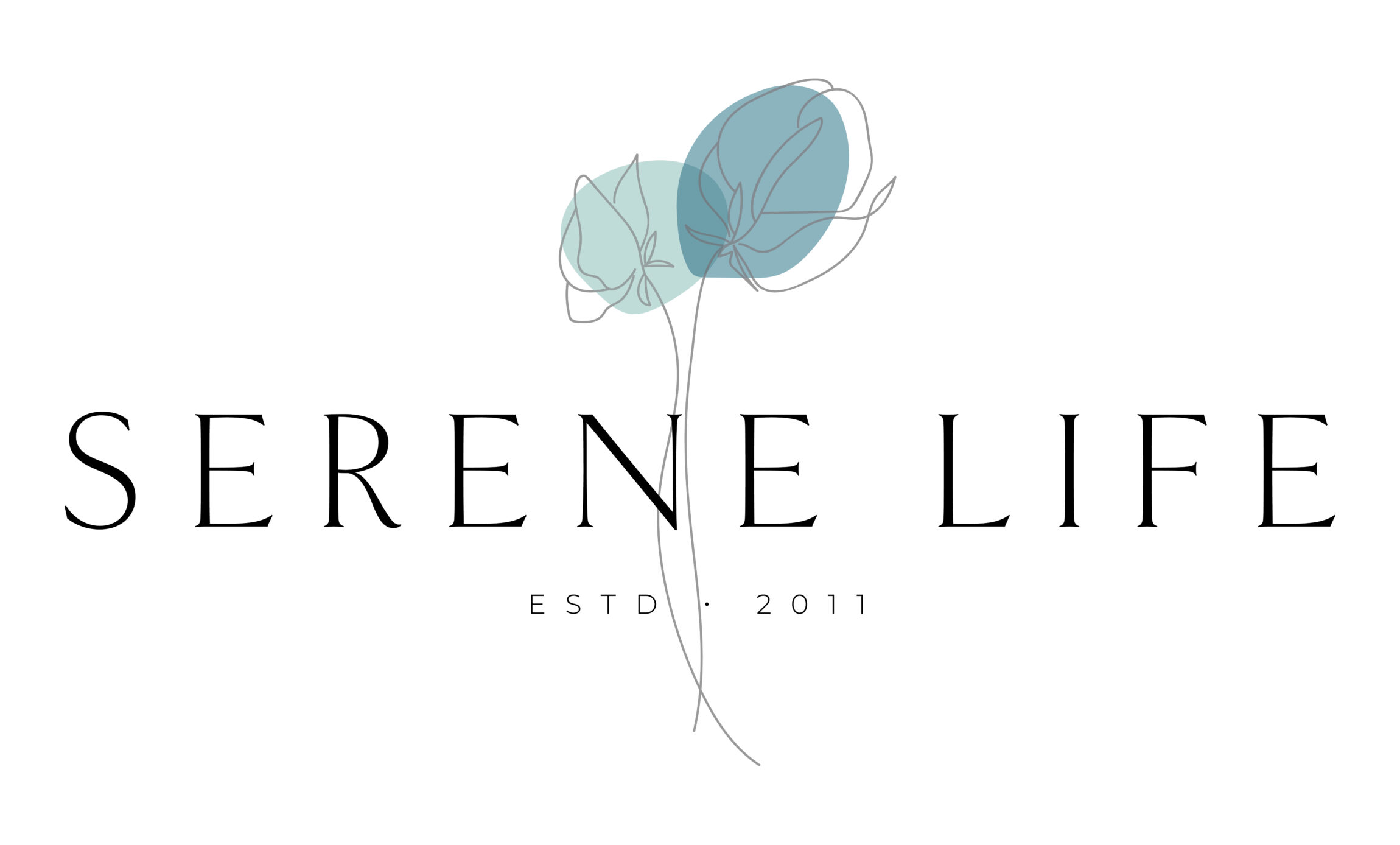
As we journey through the tapestry of life, we find that with each thread comes both joy and sorrow. For many of us, the autumn of our years brings a unique set of challenges, especially when it comes to navigating grief and loss. It’s a landscape that can feel both familiar and uncharted, where the heart wrestles with the weight of memories and the void of absence.
Grief is often portrayed as a linear process, but the truth is far more complex. In my own experiences—and as I observe the stories of those around me—grief feels more like waves that ebb and flow. It knits itself into the fabric of our everyday lives, coloring our moments with remnants of the past while also invoking hope for tomorrow.
In later life, the loss of friends, family members, or even beloved pets can create a profound sense of isolation. The world may feel dimmer, quieter. Each photograph on the wall reminds us of joyful moments now tinged with nostalgia. Yet, it’s vital to remember that grief is natural and, in many ways, a testament to love. The deeper the bond, the greater the ache when that bond is severed.
One of the most challenging aspects of navigating grief in later life is the societal expectation to ‘move on’ or ‘stay strong.’ But allow yourself to embrace the grief, to honor the memories. Don’t shy away from the emotions that surface; let them flow. It’s in these moments of vulnerability that healing begins. Whether through journaling, talking with loved ones, or seeking support from a therapist, acknowledging your feelings is a crucial step.
It’s also important to find things that resonate with you. Some may find comfort in art, expressing their grief through painting, music, or writing. Others might seek connection with nature during solitary walks, allowing the world around them to provide comfort. Engaging in rituals, like lighting a candle or sharing stories with family, can further connect us to those we’ve lost. These small acts serve as powerful reminders that love transcends time and space.
While grief can feel isolating, know that you are not alone. Many others share this path.Reaching out to others, including family, can provide unexpected comfort. Vulnerably sharing your memories and emotions can deepen relationships and create a shared understanding of loss. It’s often through these heartfelt stories of love, resilience, and hope that true bonds are formed.
While the journey through grief is profound, it’s crucial to allow space for joy. This isn’t about forgetting those we’ve lost but embracing the richness of life that continues to unfold. It might start with simple pleasures—savoring a cup of tea, gardening, or even playing with a pet. Giving yourself permission to experience joy amid grief is not a betrayal of your loved ones; rather, it’s a celebration of the life they lived.
As time unfolds, we craft new memories while cherishing the old. Traditions may evolve, but they should never dwindle. The tales, the laughter, the shared moments—they remain, painting our lives with vibrant hues even in the face of loss.
Navigating grief and loss in later life is a deeply personal and often intricate journey. Embrace your emotions; nurture your connections; and, when you’re ready, allow yourself to rekindle joy. As the seasons of life change, so too does our relationship with grief—it becomes less a heavy anchor and more a gentle reminder of a love that remains.
Remember, it’s perfectly okay to grieve, to miss, and to feel. Life is a beautiful, fragile tapestry, and every thread, even those woven with loss, contributes to the story that is uniquely yours. In the words of Rainer Maria Rilke, “Let everything happen to you: beauty and terror. Just keep going. No feeling is final.” Embrace this journey, and in doing so, you honor both your heart and the hearts of those who have touched your life.


